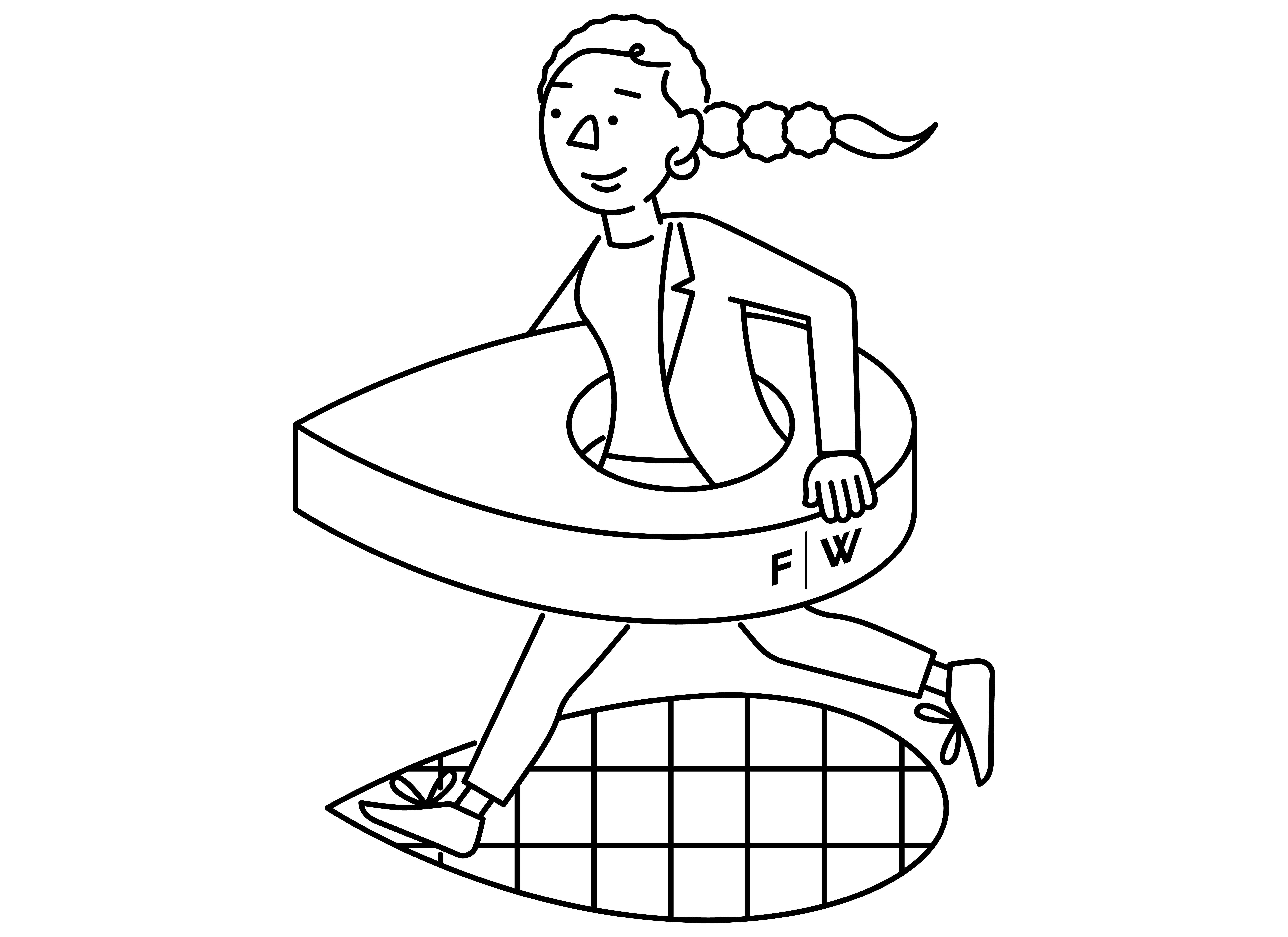The inaccessibility of the scientific literature (indeed it is not written with the practitioner in mind) led to the creation of the Forge Works Map®, which unpacks the last 100 years of organizational theory and safety science into the key milestones of the journey towards resilience. The key principles derived from this meta-research revealed that resilient organizations:
- Develop leaders with a safety motivation who care for every person
- Understand their own organizational logics and how they drive local action
- Set workers up for success in all operational objectives
- Understand the variation and complexity of work performance
- Closely monitor operations and reflect deeply on insights garnered
- Anticipate future operational scenarios and update their model of work
- Establish a priority for learning and support it with diverse practices
- Make continuous adjustments to goals, structures and resources
Over the past two years, Forge Works has worked with 18 organizations from a variety of industries not typically fitting the description of High Reliability Organization theory (i.e. mining, manufacturing, automotive, energy, transportation, construction and technology) to conduct assessments of, and identify opportunities to grow, their organizational capacities for resilient performance. The assessments, performed using the model established in the Forge Works Map®, revealed both unique insights for each organization and, despite the differing nature and complexity of these organizations, a clear trend of common challenges, including:
- The persistence of safety work with no measurable impact on the safety of work
- Focus on human error, the need to assign blame and punitive outcomes
- Covert goal conflicts and the unintended prioritization of production over safety goals
- Insufficient allocation of resources for risk reduction
- Under-specified critical risk management processes
- Underinvestment in developing frontline workers’ non-technical skills
- A lack of capacity and capability within the safety organization to support adaptive practice
Due to a general lack of understanding or guidance, past efforts to resolve these challenges typically focused on minimizing variability through robust systems of work and enforcement of compliance to those systems, with the benefits of contemporary safety management practices going unrecognized.
Collectively, the contemporary ‘new view’ theory describes that:
- Error is normal, so anticipate performance variability as a normal part of executing work in complex settings, by ensuring free flow of information and ideation of future operating scenarios;
- Context drives behavior, so monitor normal work and what goes well, by exploring everyday work;
- Blame fixes nothing and learning is vital, so learn about the gap between Work-As-Imaged and Work-As-Done, by facilitating learning from surprises and normal work; and
- Management response matters, so respond to variability/local adaptations in a way to ensure work goes well, by supporting local practices, balancing frontline demand and reducing goal conflict through sacrifice judgements.
By viewing the new view theories collectively in this way, a way forward is revealed: organizations must learn to accept the truths/realities described by Human & Organizational Performance and establish the objectives described by Safety II, before they can start to grow the capacities described by Resilience Engineering to achieve the objectives. However, there remains a need to educate industry that the traditional management approaches must first be implemented and working. Indeed, scientific management led to documentation of operating practices and safety culture focused attention on the importance of organizational learning from incidents. These, among other factors that are described in the Forge Works Map®, are essential prerequisites on which to build complementary or evolutionary resilient approaches, e.g. critical steps and learning from normal work, respectively.
Organizations operating in complex and dynamic contexts can only be better supported on their journeys towards resilience when the destination is agreed upon, milestones are set and, of course, a map is used to guide the way.

